Part 2: Machu Picchu Isn’t The Only Inca Ruin Worth Seeing In The Sacred Valley
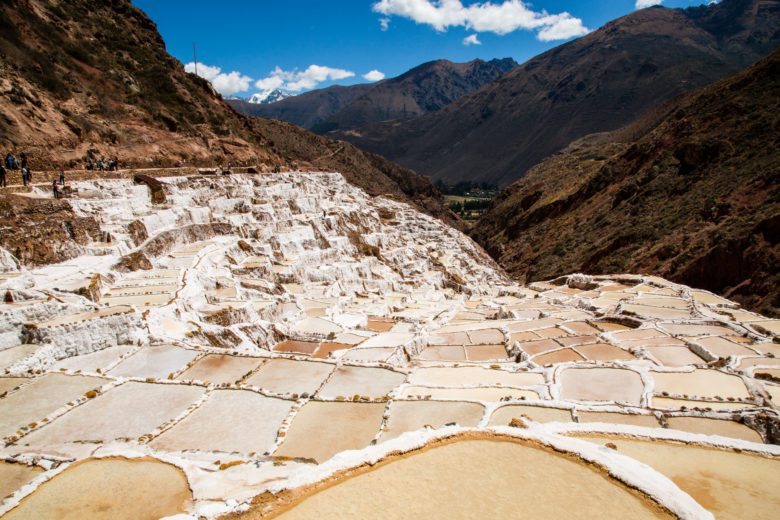
There as so many cool Inca Ruins in the Sacred Valley, it was worth splitting this series into two! (If you missed the first post, click here.) And just in case you missed the first, I’m not trying to convince you not to go to Machu Picchu by any means – Machu Picchu is incredible! However, don’t let Machu Picchu be the only Inca ruin on your Sacred Valley trip!
Want to travel to the Sacred Valley with me? I’m hosting a 10-day small-group tour to Peru in November 2022! See the details here.
Moray
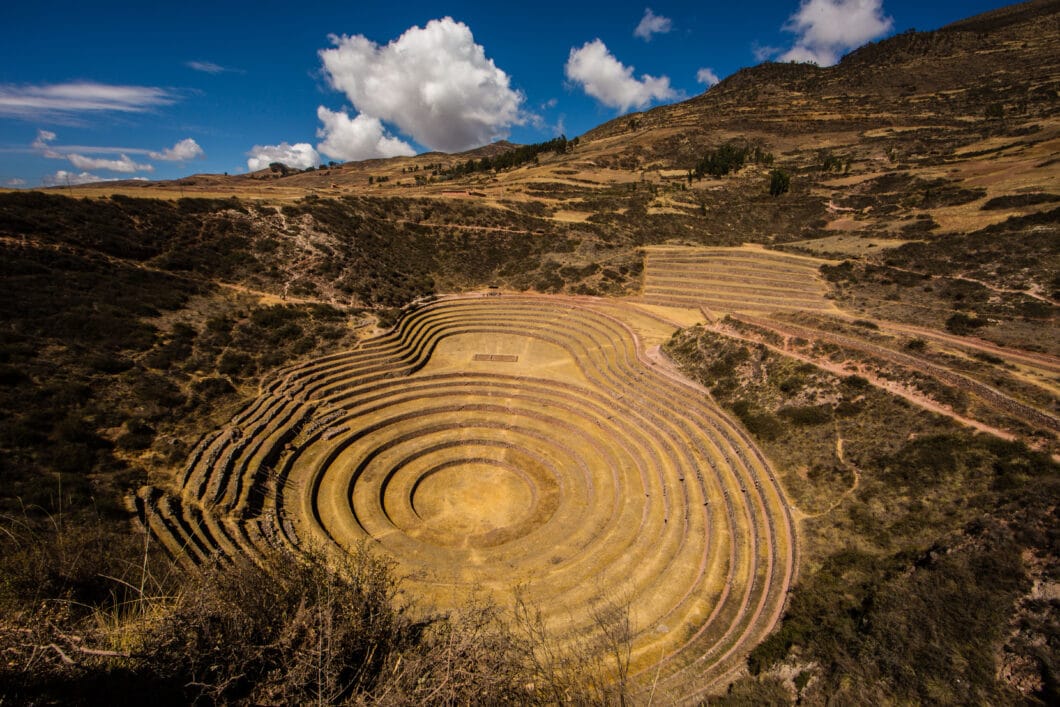
Moray is an archaeological site that’s a bit off the beaten path. Out of all the places mentioned, this one seems to be the least known about by tourists. But that certainly doesn’t mean it isn’t worth a stop…it just means there will be fewer tourists!
I think Moray is fascinating. Experts aren’t entirely sure how Moray was built. The most widely accepted idea is that thousands of years ago a meteor hit this area and created this crater. Then, the Incas built their terraces around it. (But no one knows for sure.)
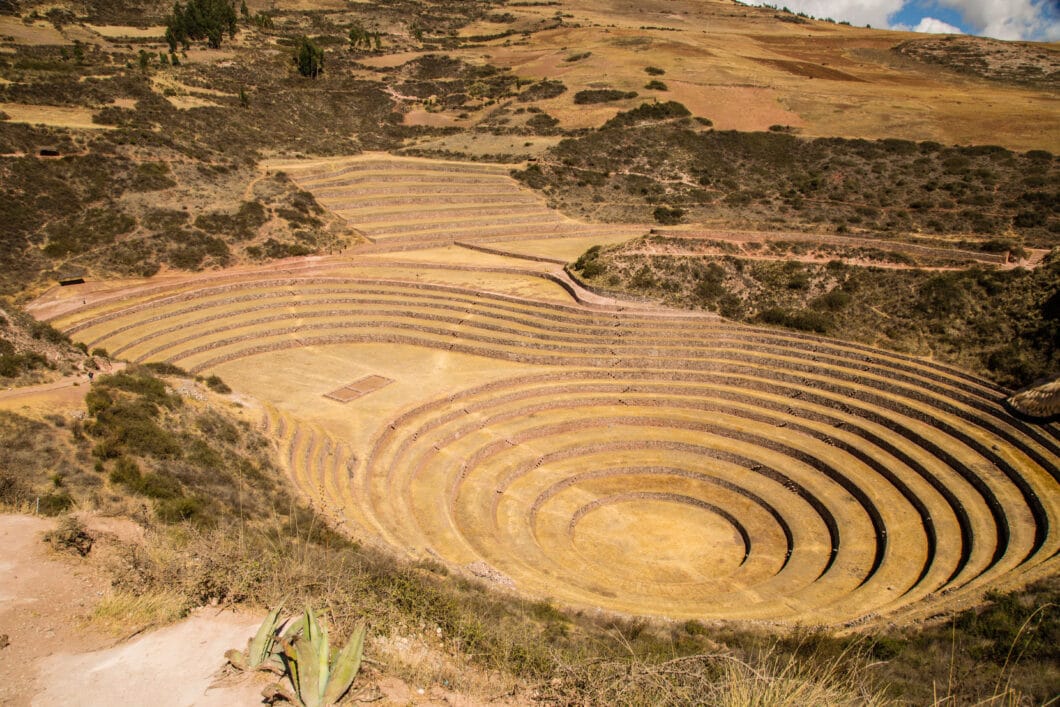
The circular terraces remind me of a stadium but they were actually used for agriculture. Each one has a different microclimate, allowing the Incas to grow a wide variety of food. Interestingly enough, too, no one is quite sure what the water source was either. There are no lakes anywhere near Moray anymore.
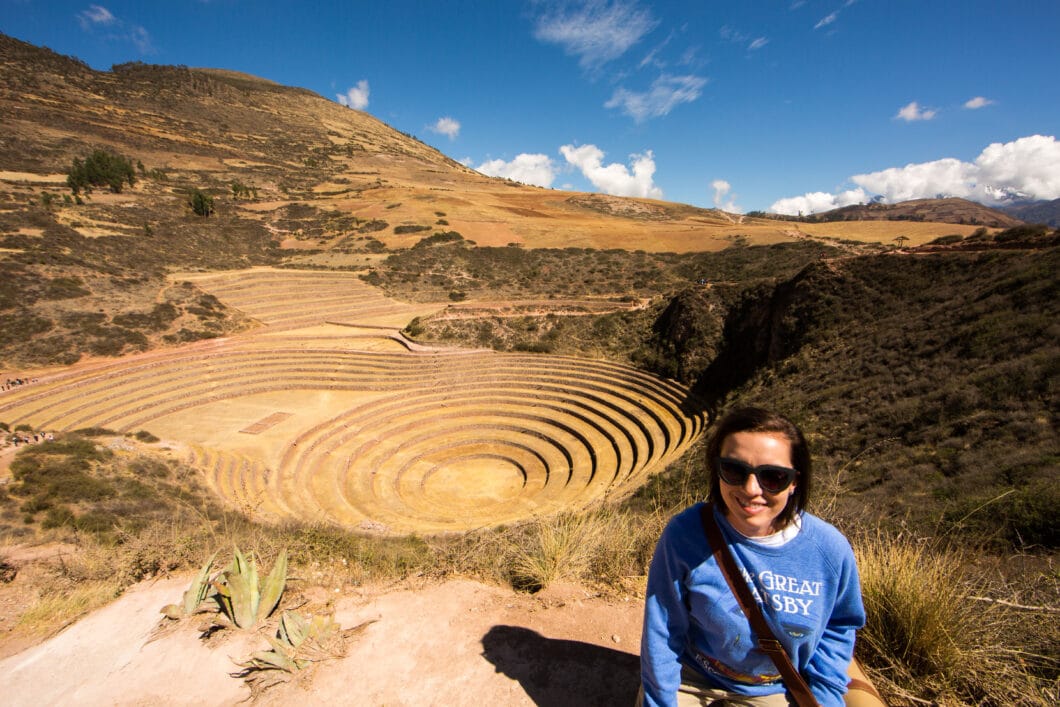
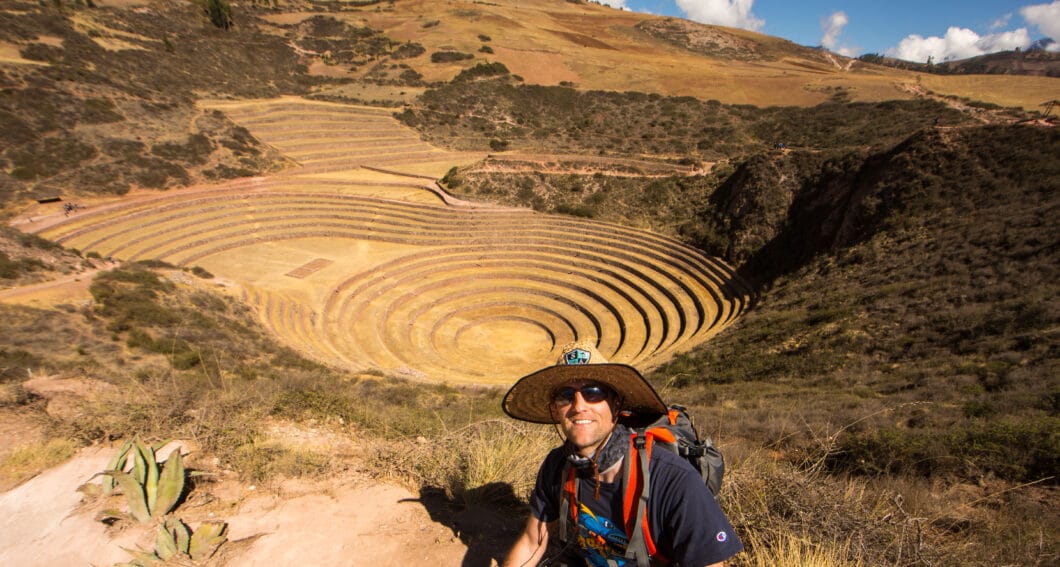
Moray is by no means a long visit. There are two other archaeological sites, but they’re all within a few minutes walking time of each other. I think we spent about 45 minutes here and that was enough to take it all in. It was a really interesting place!
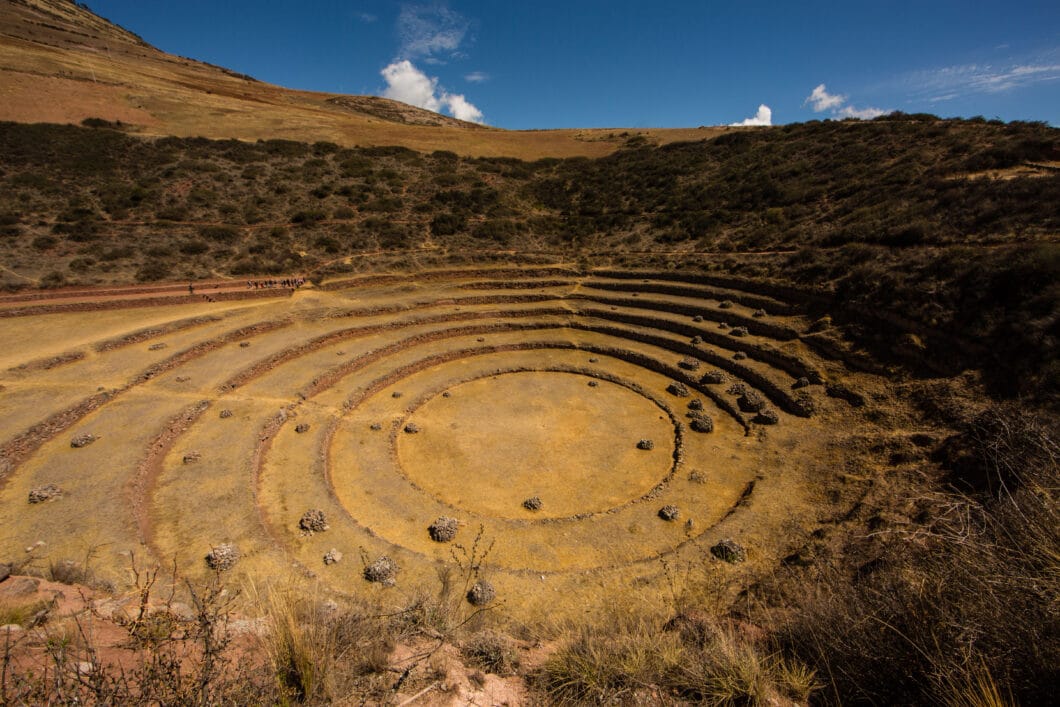
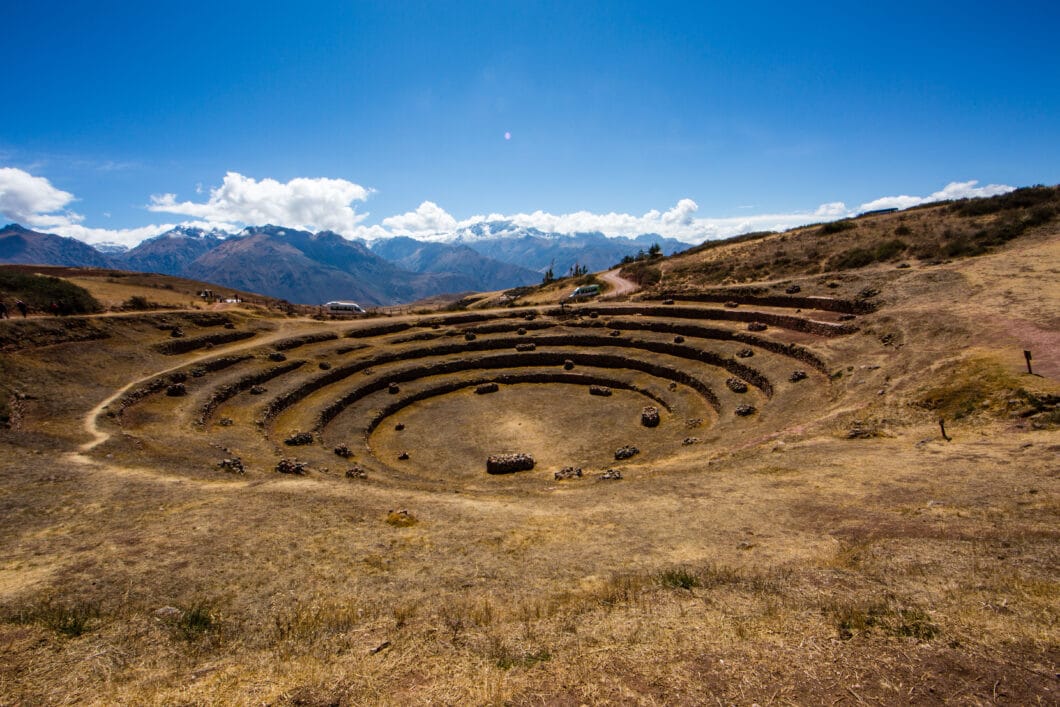
Salineras de Mara (Inca Salt Mines)
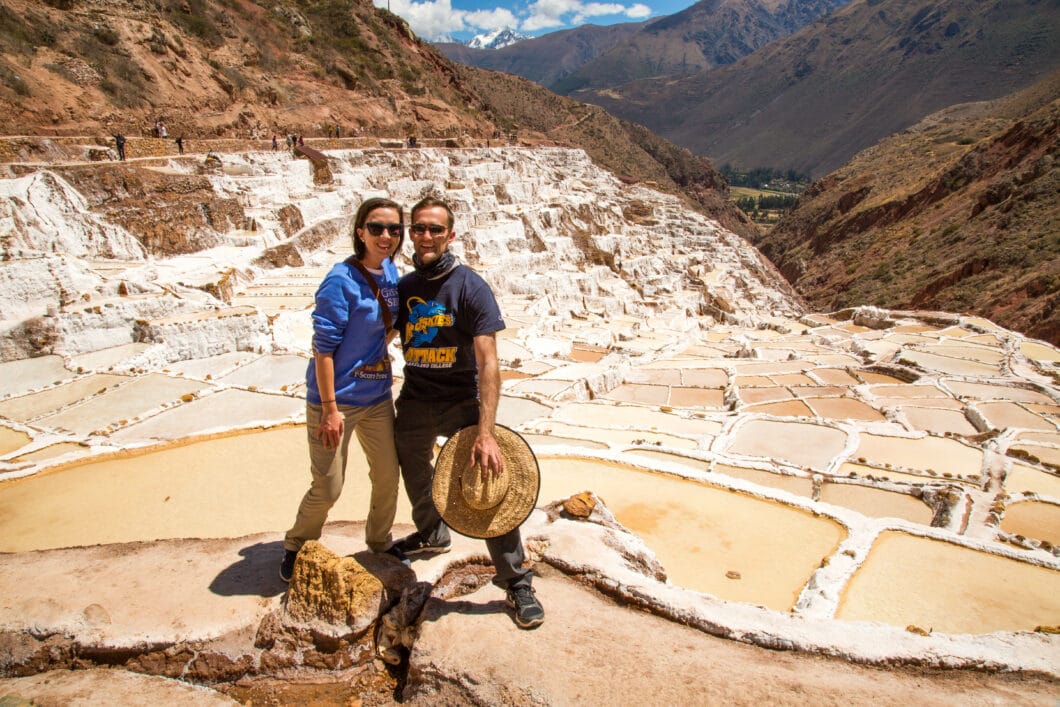
“Salineras de Mara” or salt mines, are thousands of individual salt pools on a hillside, that date back to Incan times. These are quite close to Moray.
It’s incredible to think these salt mines have been used for hundreds and hundreds of years! They are still being used today.
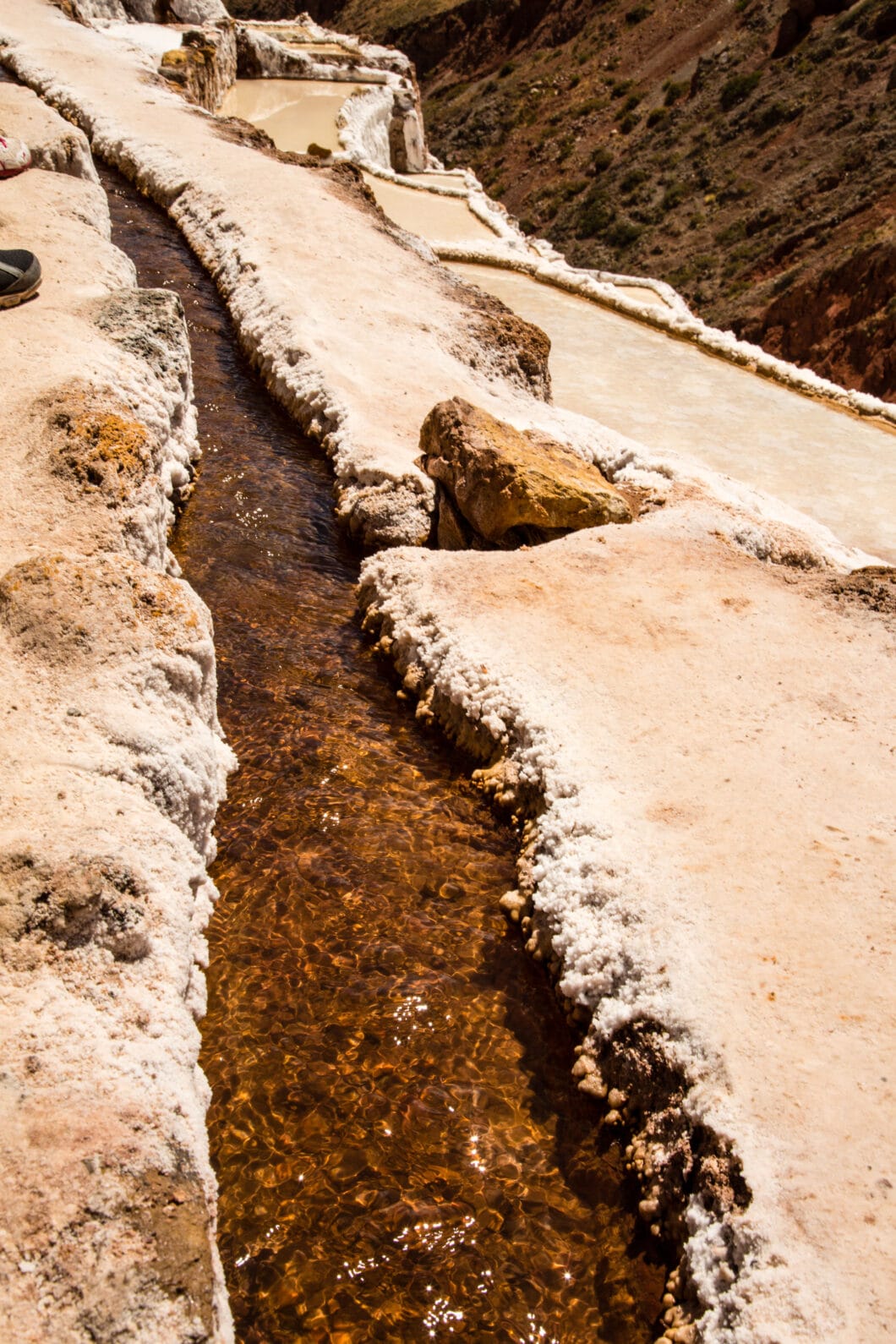
The mines are fed by an incredibly salty stream that runs down from the mountains. We stuck our fingers in it and licked them….and my goodness gracious is that some salty water! Haha.
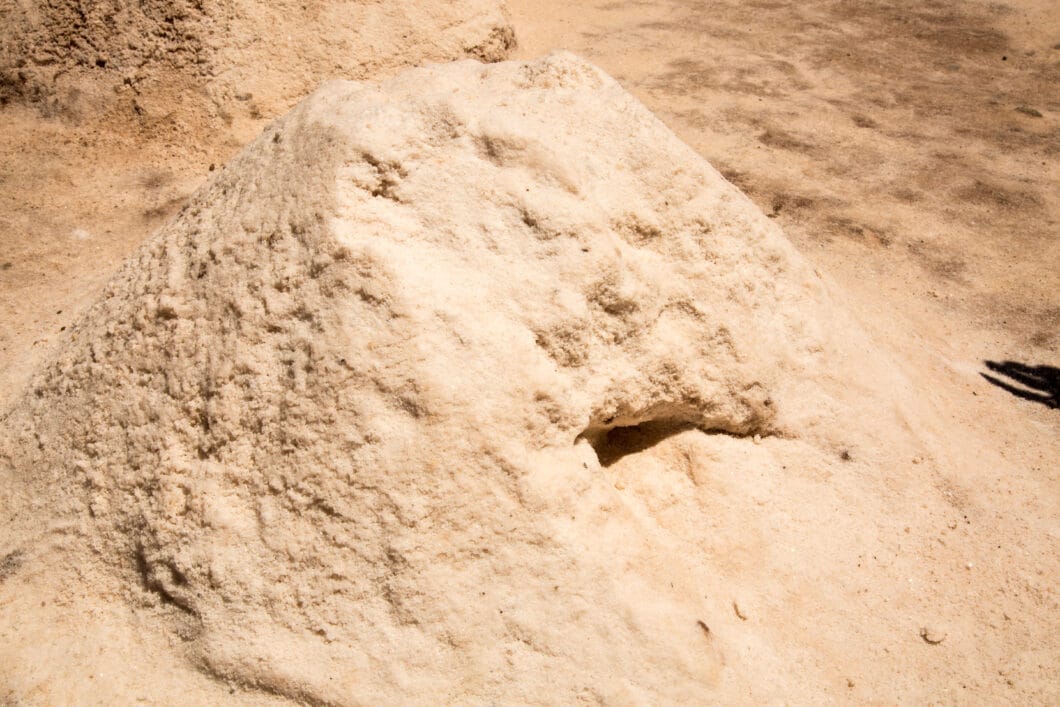
I thought it was interesting that people were allowed to walk around the salt mines too. The salt mines are not deep, but jeez, be careful if you walk off the paths. There were some folks who were giving me a heart attack with the way they were climbing around trying to take photos. (Safety first, folks!)
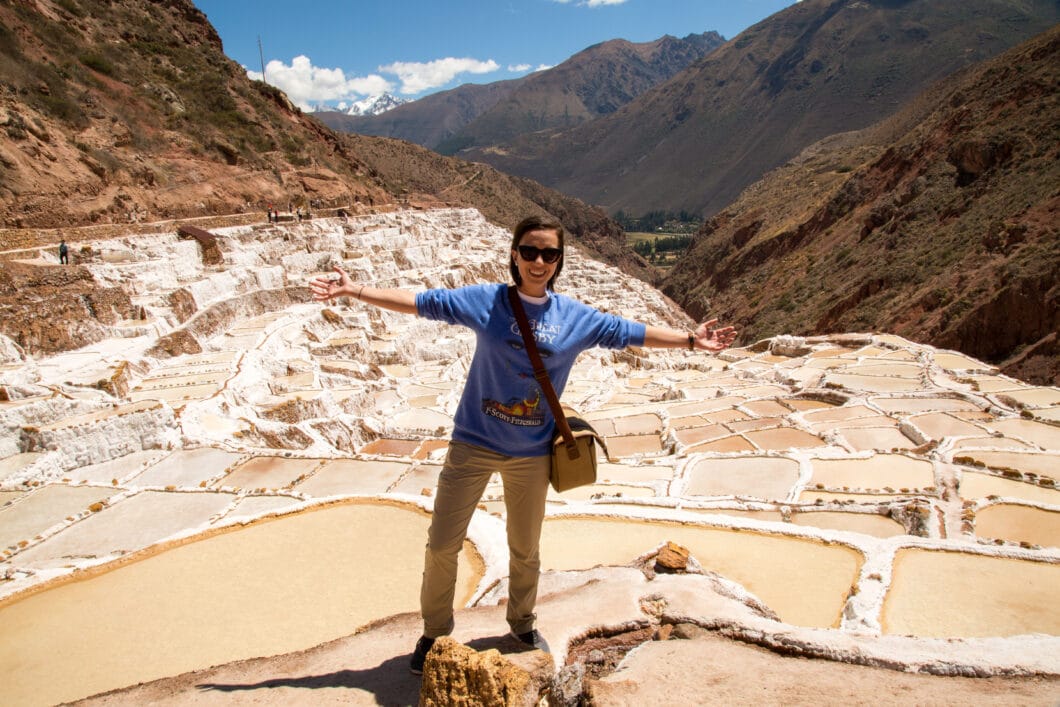
You can also buy packets of salt and other fun salt products (like salty chocolate) after you’re done touring the mines. I highly recommend the chocolate, haha!
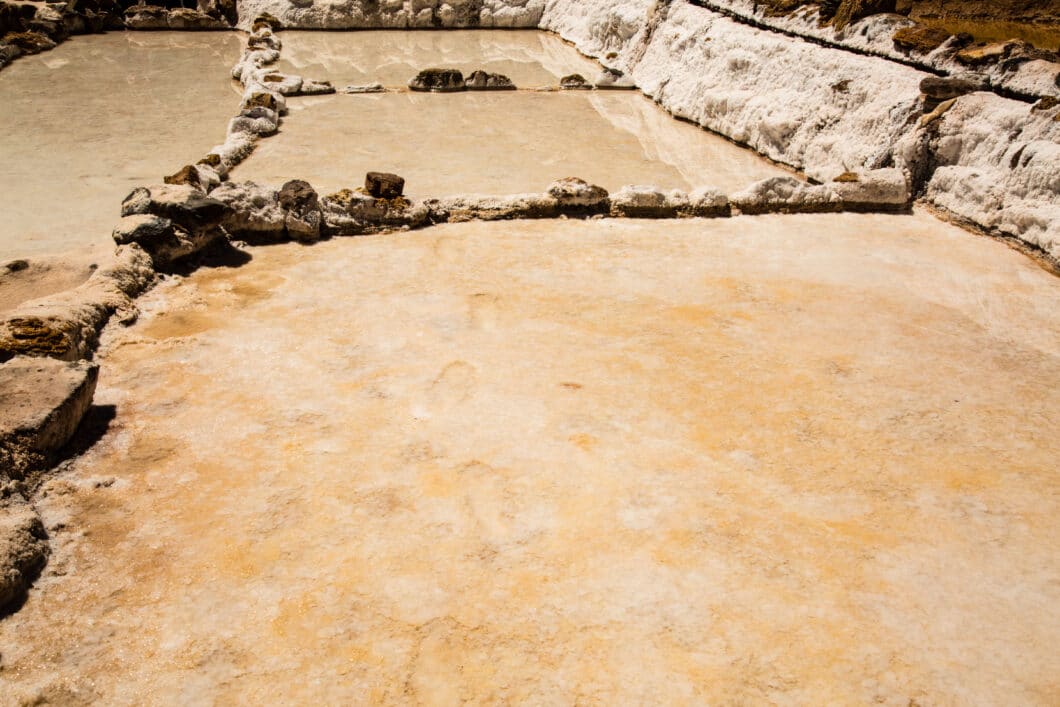
Chinchero
Chinchero is actually a small town not terribly far from Cusco (about 40 minutes in a car). It has a lot of interesting things going on. There are beautiful Inca ruins, a colonial church, a traditional weaving/demonstration area and a very nice market.
The Ruins
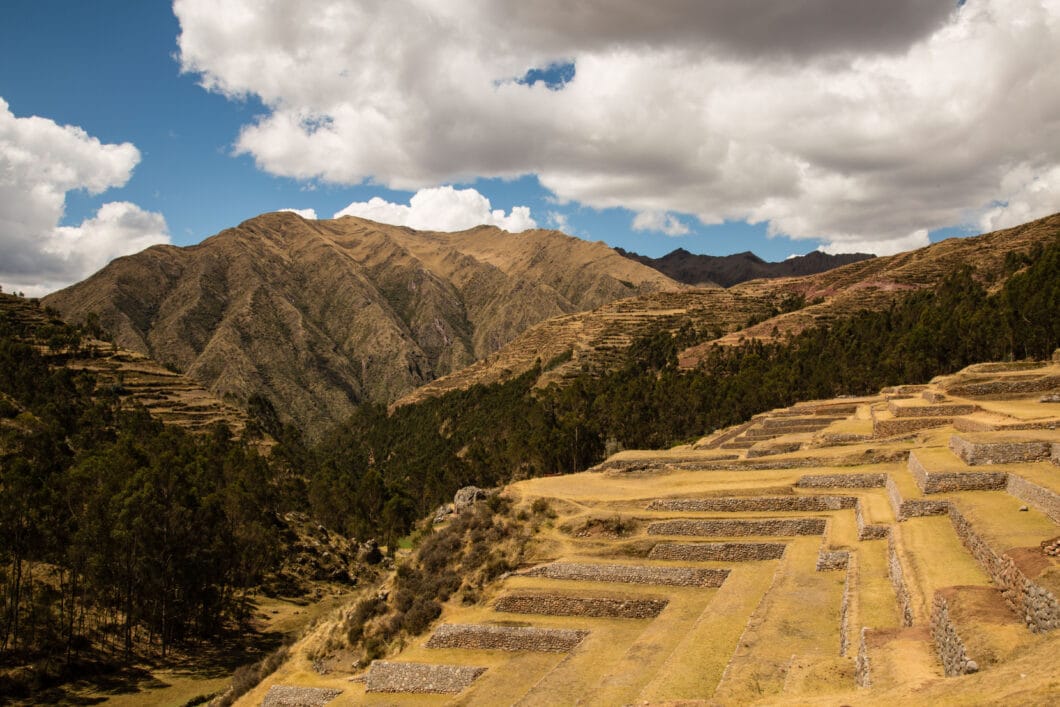
You will see many farming terraces left over from Incan times that are actually still used today! Chinchero is supposed to have the most fertile farming soil in all of the Sacred Valley.
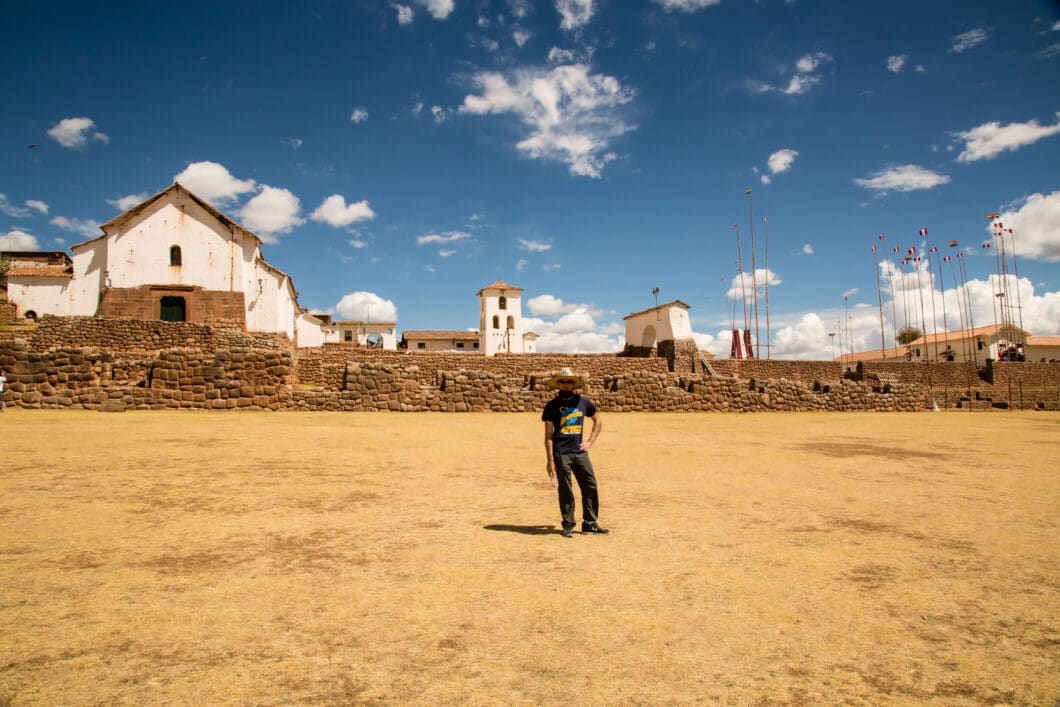
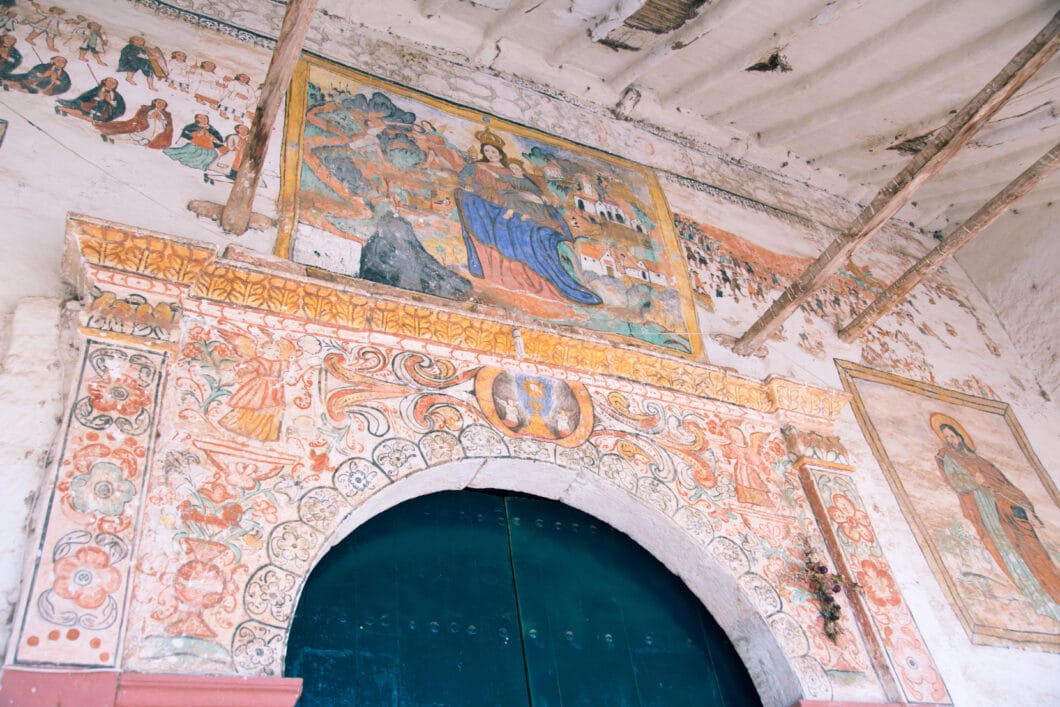
The Church
The church that sits atop the Inca Ruins was built by the Spanish around 1600. I didn’t actually go inside it. However, there are some nice paintings on the outside of it.
The Market
The Market was not “in full swing” yet when we were there. The locals were actually getting ready for a large celebration that was taking place the next day. So, there were only a few vendors operating at the time. However, it’s said to be a very good market!
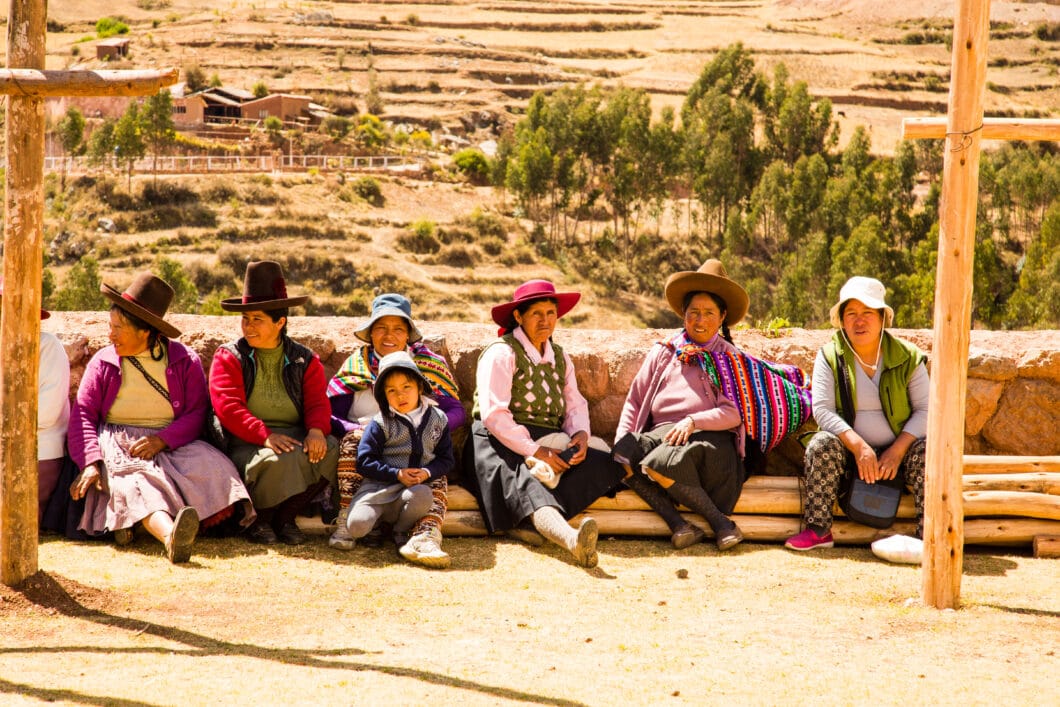
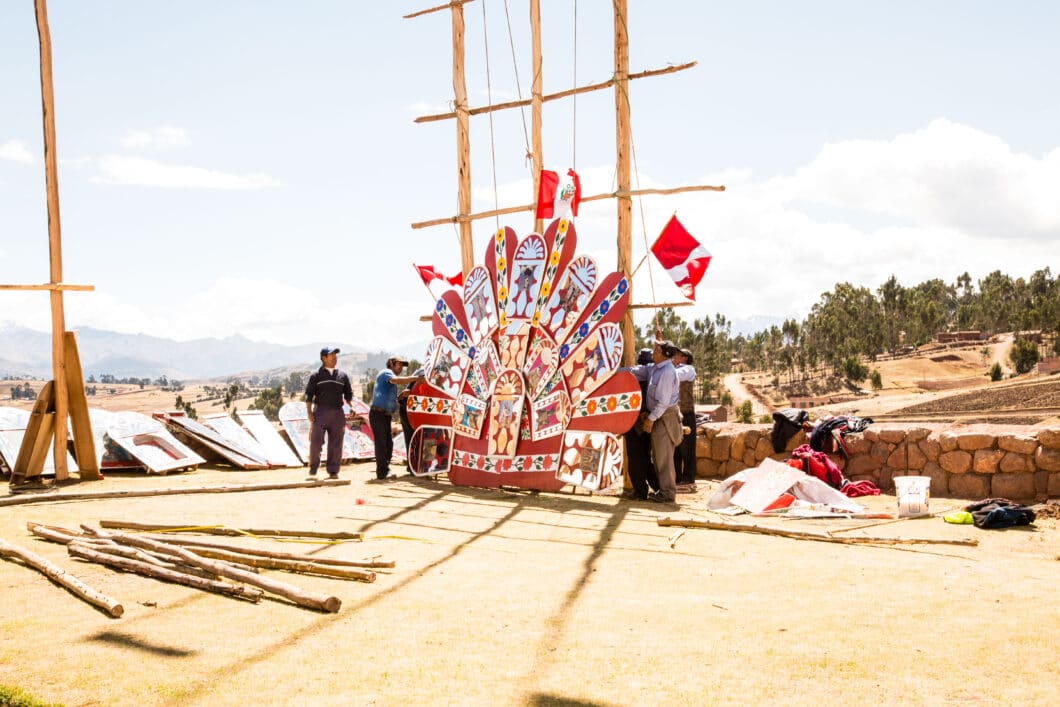
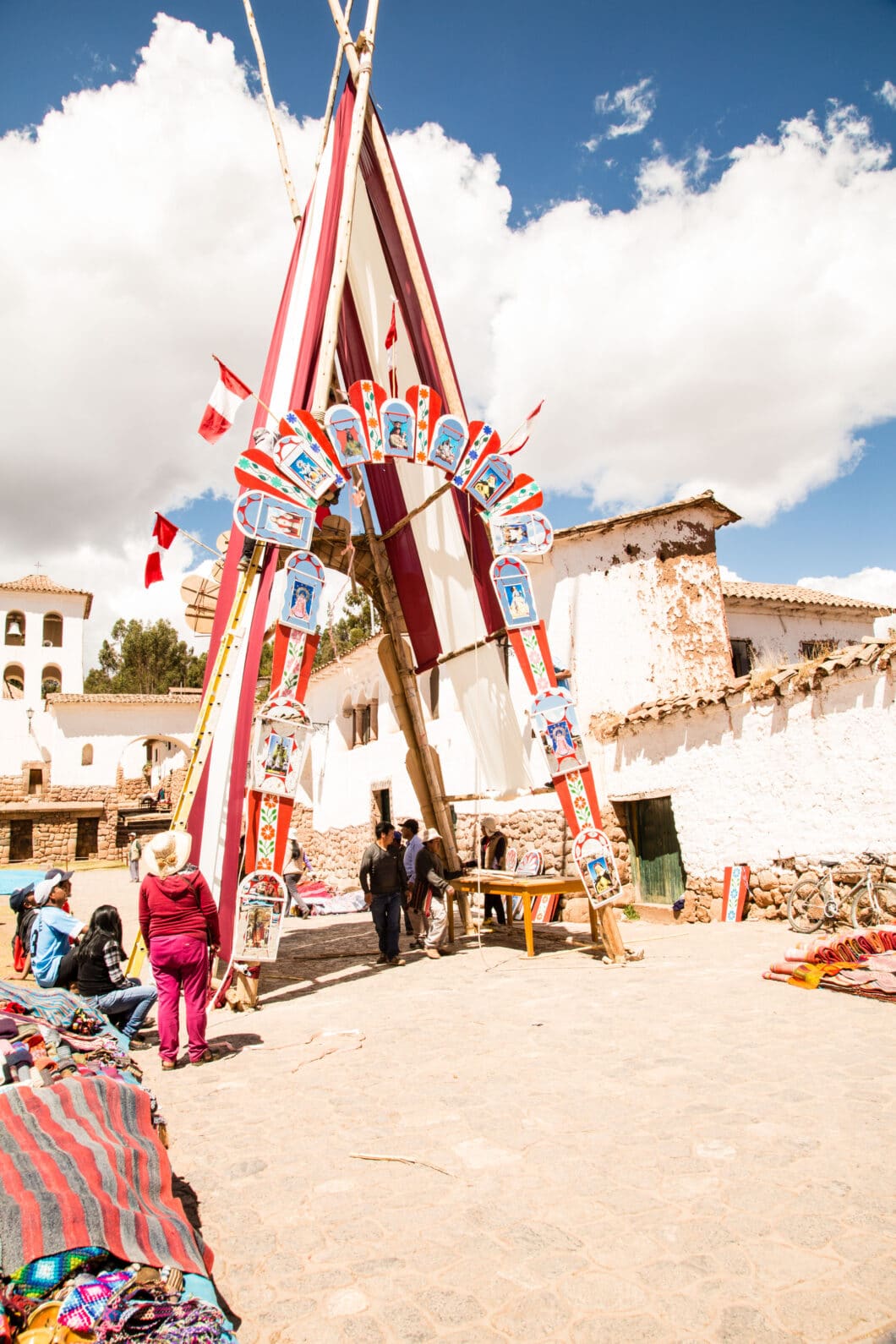
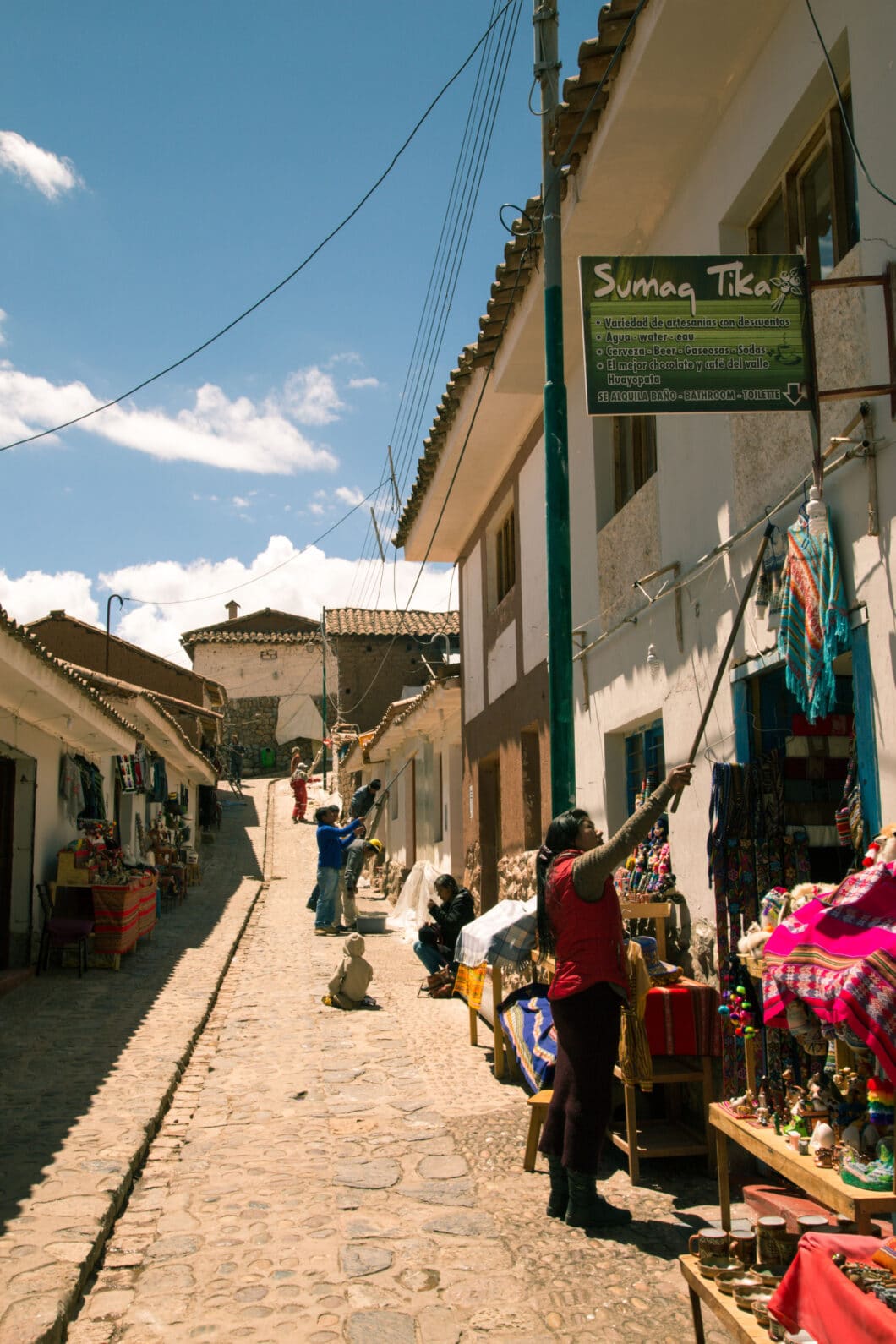
The Traditional Weaving Demonstration
There is a center near the market where you can also see how alpaca wool is made. The ladies at the center are dressed in traditional dress and will serve you mate de coca (coca tea) while explaining (in English) what they are doing. From washing the wool to dying it and spinning it…they take you through the whole process. I really enjoyed seeing this and also seeing the alpacas!
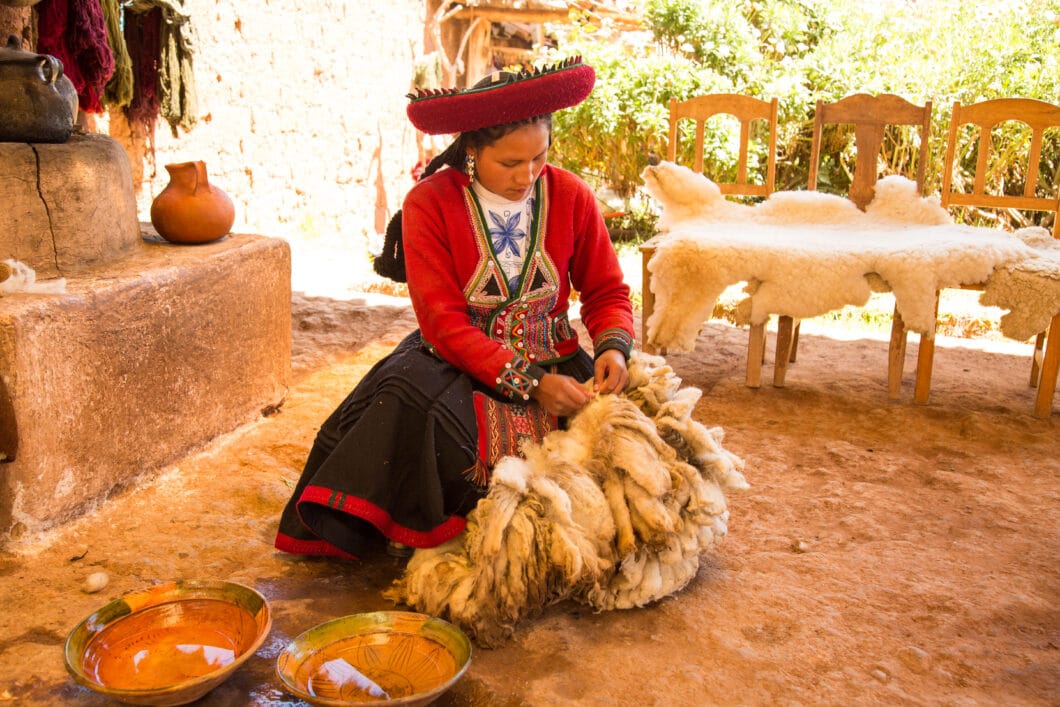
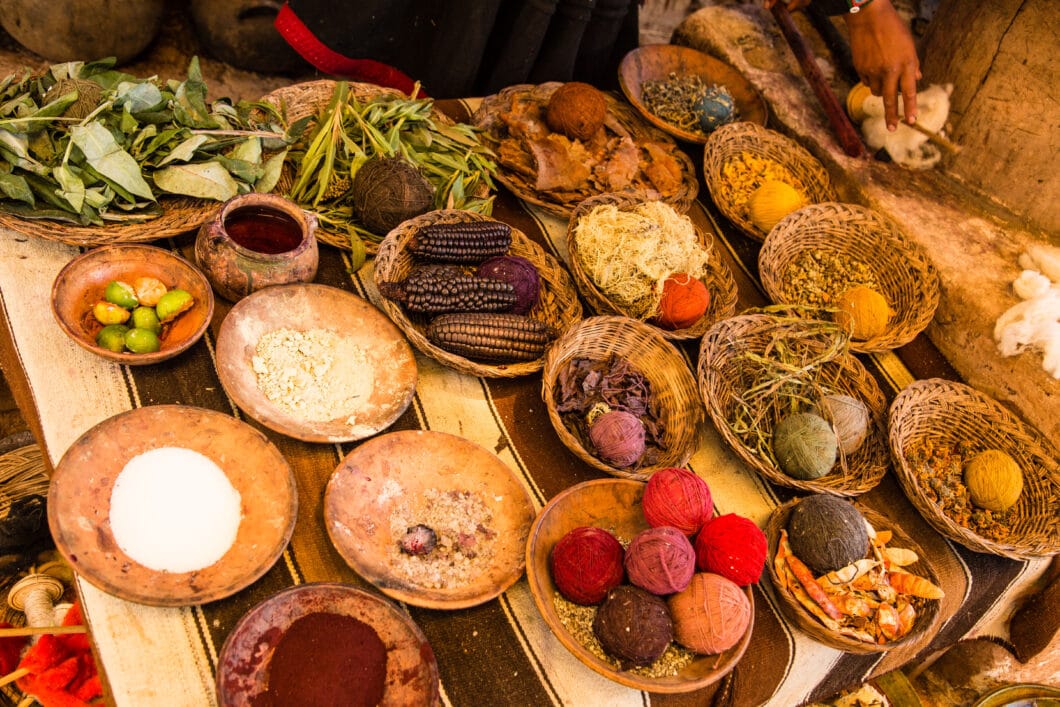
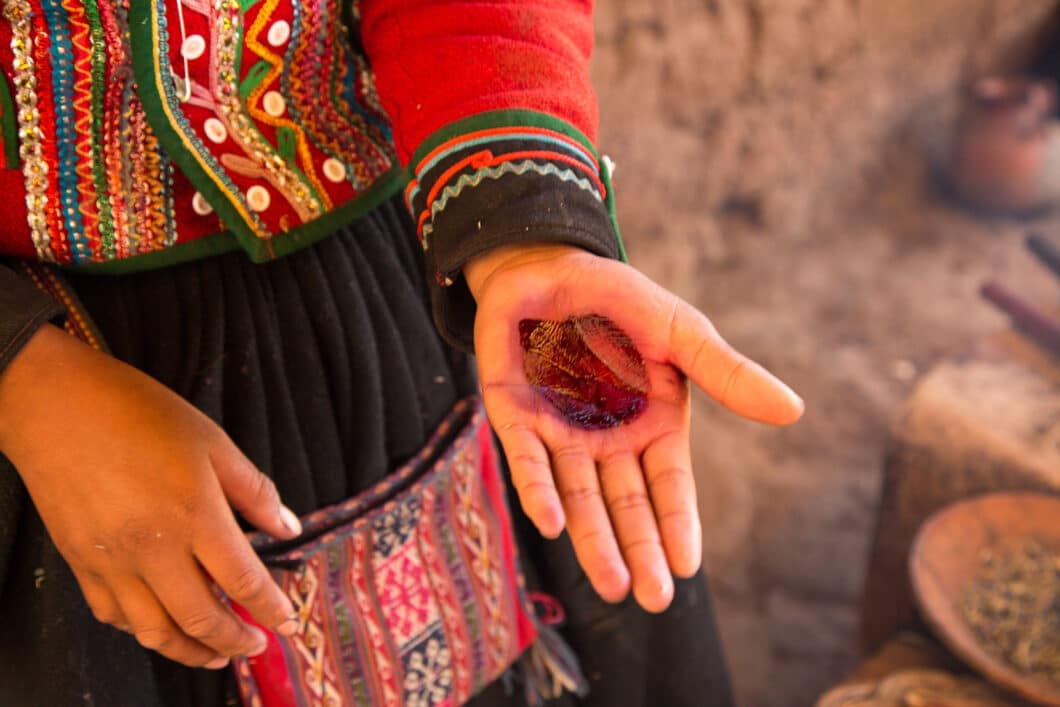
However, after the demonstration, you can then buy “alpaca goods.” I was a bit turned off by the fact that they were selling “maybe alpaca.” (If you missed my post on real vs. fake alpaca wool, click here.) They were trying to say that it was all handmade and “real” alpaca wool. However, it was most definitely machine-made and likely an alpaca blend (if it wasn’t all synthetic). As I mentioned in my previous alpaca post, you’ll have that, but the prices should reflect it. (We were able to bargain for much lower prices in Cusco for the exact same products.)
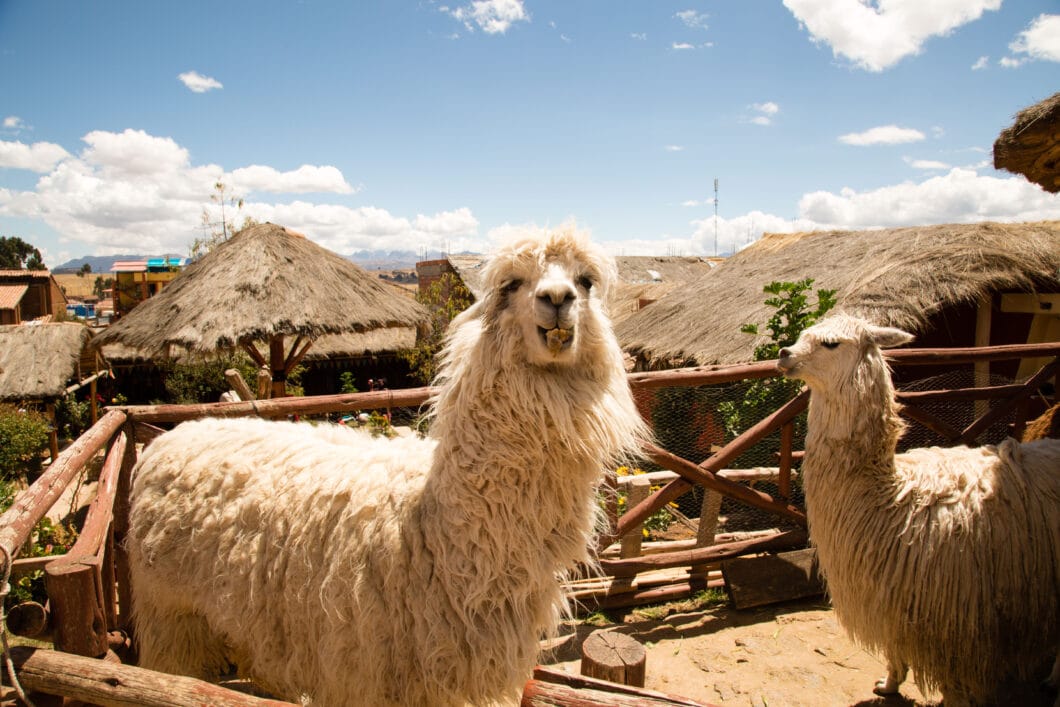
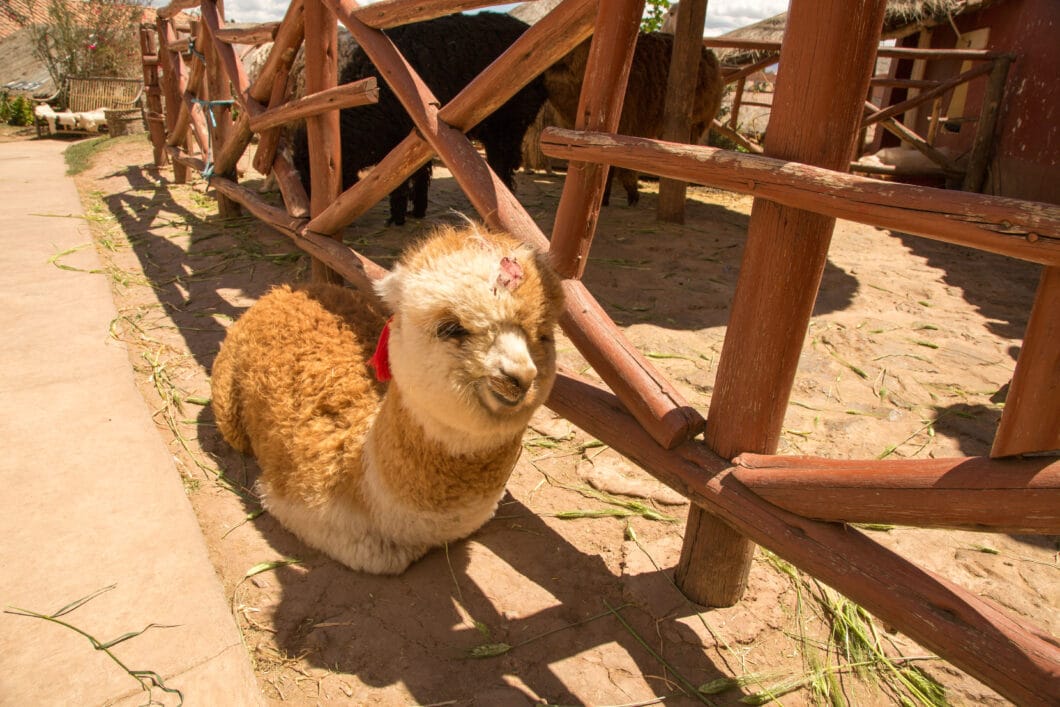
Either way, it was still cool to see the wool-making process! And the ladies were funny and very kind! (The girl pictured below was cracking jokes in English left and right! She was awesome!)
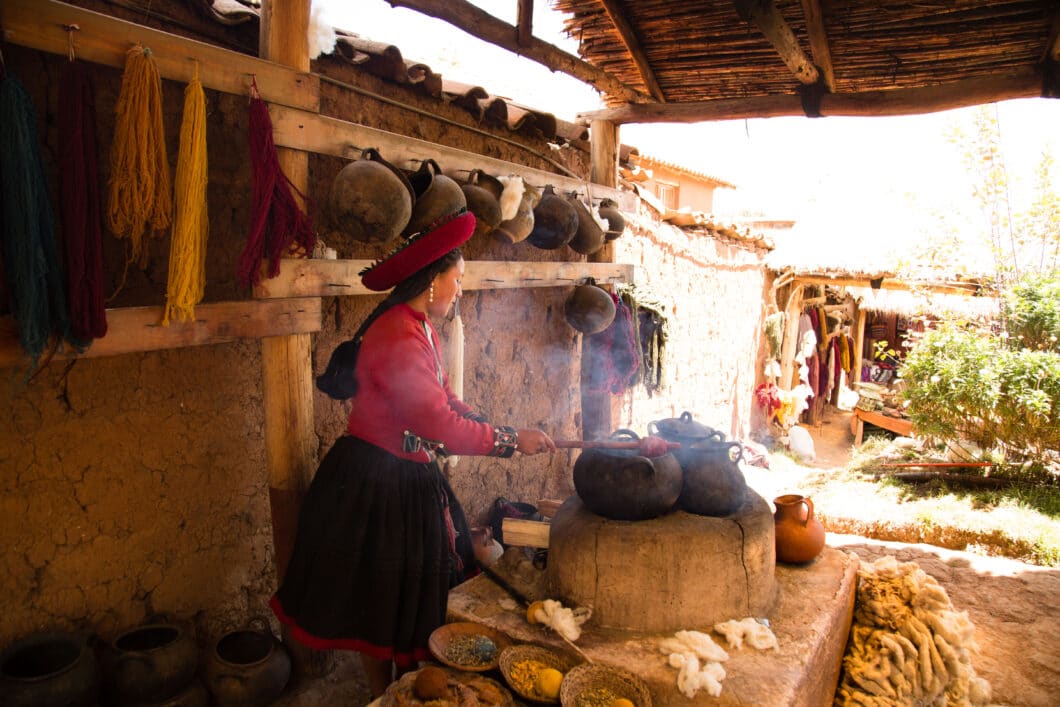
Feel free to click on the photos above to make them larger and to read the descriptions.
*Click here for a group tour with a similar itinerary.
Had you heard of any of these places before this post? (I hadn’t until I started booking this trip!) Would you be interested in seeing any of them? Let me know in the comments!
Want to travel to the Sacred Valley with me? I’m hosting a 10-day small-group tour to Peru in November 2022! See the details here.
- Travel Insurance
It’s a good idea, no matter where your adventure takes you, to have travel insurance. You never know what might happen! Whether you get sick before your trip and can’t go, or you become sick or injured while on your adventure – being covered with travel insurance is a must. Some credit card companies do provide this service (check with yours), or you can get a quote from companies such as Squaremouth to find the best plan for you and your adventure. (This is the company I, personally, use. They are even recommended by Forbes!) To get a free quote, click here.
Visa Requirements
To check if your country requires a Visa for traveling to Peru, click here.
Want to Learn Spanish Before Your Trip?
Knowing some basics in Spanish can be helpful for your time in Peru. Try a free 3 day trial of Rosetta Stone (the best way to learn a foreign language) by clicking here.
If you like it, Pin it!
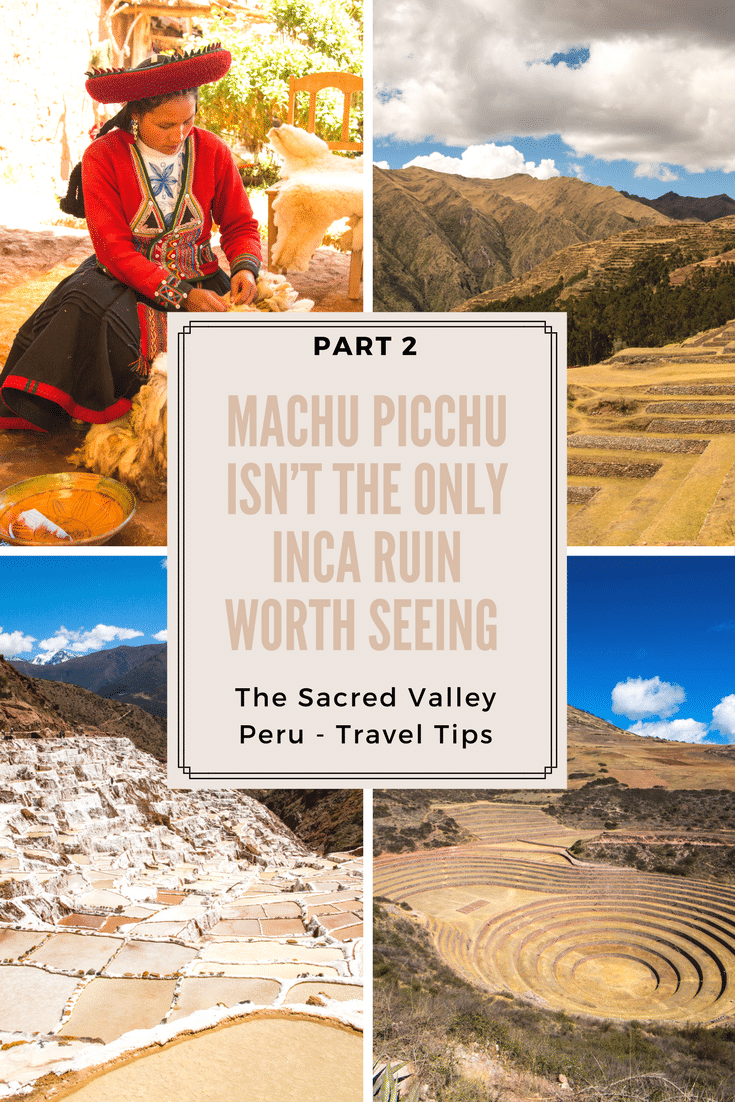

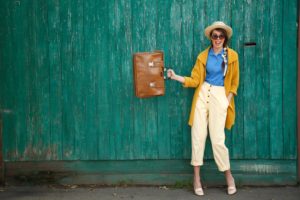
Did you book a tour for this day? Also I saw in your day in sacred valley heading into the train station that that tour hits chincero on the way back, did you just skip this day? I guess I am trying to figure out how to put your day 5 into day 3 and turn day 3 into day 4 like you recommended if you wanted to spend time in teh tree house lodge
Hi Kayla! For this day we had booked a tour through Salkantay Cusco Trek. This tour wouldn’t be on the way to the train station. You could move this day to day 3 and then move everything else down a day – i.e. Day 3 in the original itinerary would be Day 4 and so on. This would depend on how confident you are in your energy level, though. This day was a pretty relaxing day in comparison to the rest of the days – and Rainbow Mountain was the most strenuous part of the trip for us. (So, we were glad we did that right away.)
Depending on your flights and your schedule – your best bet may be to go directly to The Treehouse Lodge after arriving in Peru or save it as your last stop. This is because you can get direct flights from Lima to Iquitos and Cusco to Iquitos.
If you’re interested, I can help you work through your itinerary – just send me an email at [email protected] (I know this can get a little complicated and convoluted!)
How did you get here from Cusco?
We booked a guide via Salkantay Cusco Trek – they were fantastic to work with for this trip. 🙂
This looks incredible! I had never heard of this area before, but will definitely have to add it to my list when I visit Peru. I can’t believe those vendors are trying to sell you fake alpaca goods. Thank you for sharing about this tourist trap!
xo,
Lisa
www.prettylittleshoppers.com
I am so glad you enjoyed the post, Lisa! Thank you so much for reading! 🙂